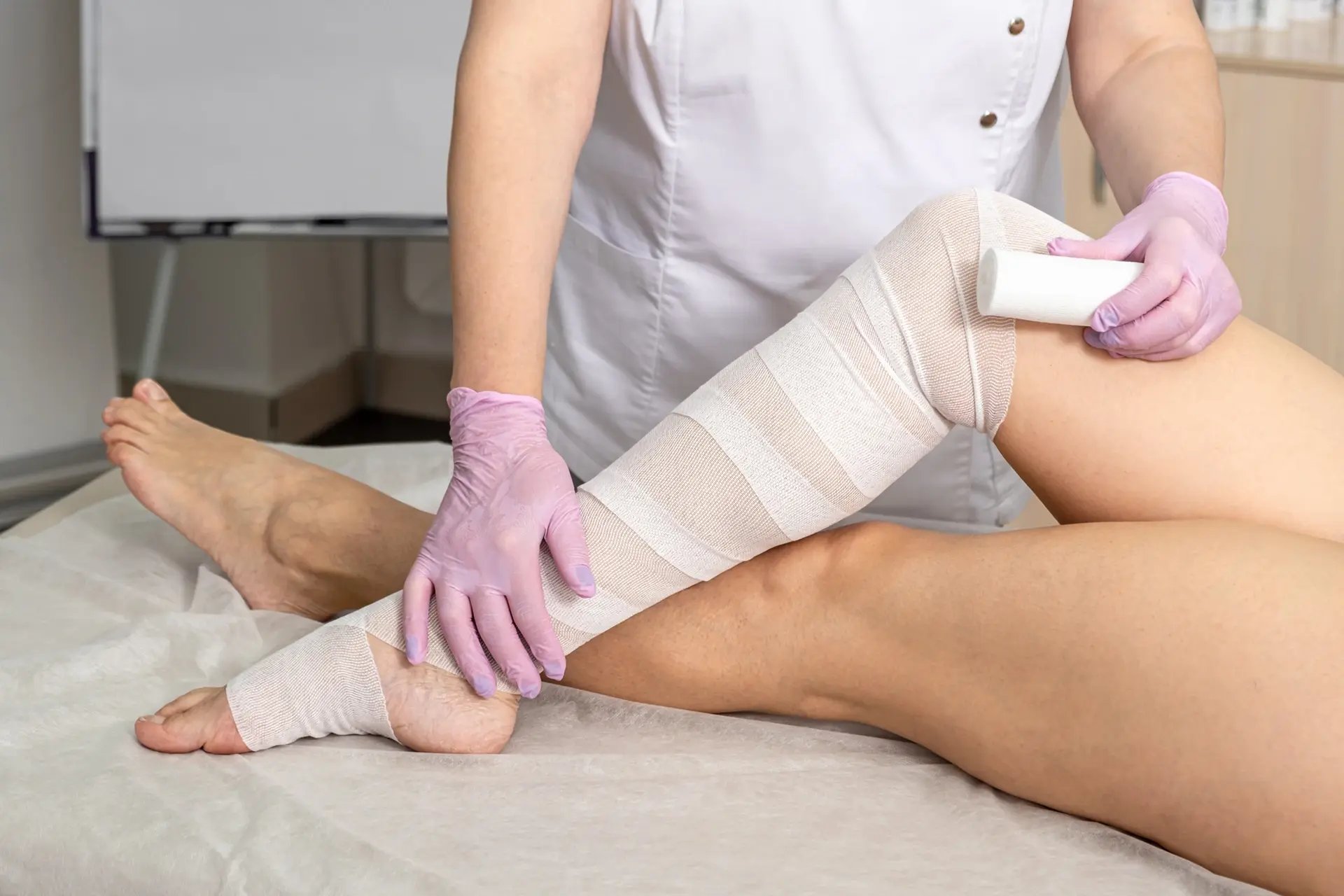
Lymphedema Surgery
What is Lymphedema?
Lymphedema is a common—but often underdiagnosed—side effect of breast cancer treatment. It occurs when the lymphatic system, which helps regulate fluid balance and supports immune function, is damaged or blocked. This most often happens after lymph node removal or radiation therapy, when the body’s natural drainage pathways are disrupted.
The result is a buildup of lymphatic fluid, usually in the arm, chest wall, or breast on the affected side. Over time, this can lead to chronic swelling and a range of uncomfortable, often progressive symptoms, including:
While the physical effects of lymphedema are significant, the emotional impact can be just as profound—affecting confidence, daily activities, and overall quality of life. With early diagnosis and the right treatment plan, lymphedema can often be managed effectively—and in some cases, significantly improved.
The result is a buildup of lymphatic fluid, usually in the arm, chest wall, or breast on the affected side. Over time, this can lead to chronic swelling and a range of uncomfortable, often progressive symptoms, including:
- Persistent swelling in the arm, hand, chest, or breast
- A feeling of heaviness, tightness, or fullness in the affected area
- Aching, tingling, or general discomfort
- Restricted range of motion or stiffness
- Hardening or thickening of the skin (fibrosis)
- Recurring infections like cellulitis
While the physical effects of lymphedema are significant, the emotional impact can be just as profound—affecting confidence, daily activities, and overall quality of life. With early diagnosis and the right treatment plan, lymphedema can often be managed effectively—and in some cases, significantly improved.
Understanding Your Options
Whether you’re newly diagnosed or managing side effects after breast cancer treatment, it’s important to know that lymphedema can be treated—and in many cases, improved significantly. The right path forward depends on your symptoms, goals, and how your body responds to initial therapies.
Non-Surgical Lymphedema Treatments
Non-surgical options are often the first step in managing lymphedema. These therapies focus on controlling symptoms through conservative, ongoing care. Approaches like compression garments, manual lymphatic drainage, and specialized physical therapy can help improve circulation, reduce swelling, and prevent progression. While these methods don’t cure lymphedema, they can be very effective in minimizing discomfort and preserving daily function—especially when started early.
Surgical Treatments
For patients who don’t find enough relief through conservative care alone, surgical treatment may offer longer-lasting improvement. PRMA specializes in advanced microsurgical procedures that target the root cause of lymphedema by restoring or rerouting lymphatic flow. These surgeries can significantly reduce swelling, decrease infection risk, and improve overall limb function. While not every patient is a candidate, surgery for lymphedema can be life-changing for those with more advanced or persistent symptoms.
Surgery Options for Lymphedema
Bypass Procedures
Lymph Node Transfers
Real Patients. Real Stories
Behind every procedure is a woman with her own story—each one a powerful reflection of resilience and the life-changing impact of advanced reconstruction.
DIEP Flap Reconstruction
“Dr. Chrysopoulo answered any questions and offered suggestions. I always felt supported. I was never worried or concerned. The responses were almost always instant, so it was very helpful.”
Christina Leal, 38
San Antonio, TX
DIEP Flap Reconstruction
“Dr. Chrysopoulo answered any questions and offered suggestions. I always felt supported. I was never worried or concerned. The responses were almost always instant, so it was very helpful.”
Christina Leal, 38
San Antonio, TX
DIEP Flap Reconstruction
“Dr. Chrysopoulo answered any questions and offered suggestions. I always felt supported. I was never worried or concerned. The responses were almost always instant, so it was very helpful.”
Christina Leal, 38
San Antonio, TX
Why Choose PRMA
With over 15,000 successful breast reconstructions—including 11,500 natural tissue flap procedures—PRMA isn’t just a global leader in breast reconstruction; we’re the pioneers behind groundbreaking techniques that continue to elevate the standard of post-mastectomy care for patients nationwide.
What Sets PRMA Apart:- TruSense® Sensation Restoration: a proprietary technique developed by PRMA to help women regain breast sensation after reconstruction.
- High Def DIEP®: An advanced microsurgical approach that delivers more natural-looking results with refined contouring.
- Dual-Surgeon Advantage: Every flap procedure is performed by two microsurgeons, enhancing safety, precision, and outcomes.
- Implant-to-Flap Expertise: Nationally recognized for successfully converting failed implant reconstructions into natural tissue solutions.
- Comprehensive Patient Support: From dedicated liaisons to the Breast Advocate® App, patients are guided at every step with compassion and clarity.
- Advanced Lymphedema Surgery: Offers leading-edge treatments for lymphedema and post-mastectomy pain syndrome.
- Texas-Based, National Reach: Patients from across the U.S. choose PRMA for its affordability, insurance-friendliness, and seamless travel support.
- Trusted Experience: With 30+ years of innovation and over 15,000 reconstructions, PRMA is one of the most experienced centers in the world.
- Empowerment Through Education: PRMA makes complex decisions easier by educating patients on all their options, including rarely-discussed sensation restoration.
Refer a Patient – Nationwide
When your patients need advanced care, PRMA is the partner you can trust. Our team is a referral destination nationwide for advanced breast reconstruction, sensation restoration, lymphedema surgery, and more—offering seamless coordination, groundbreaking techniques, and outcomes that consistently elevate patient satisfaction.

